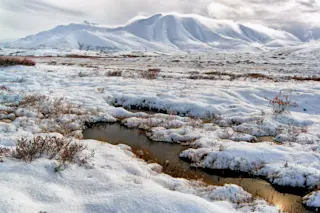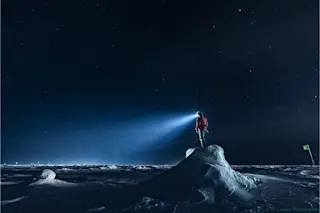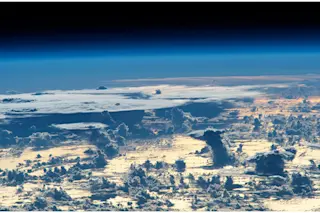On August 2, Russia’s deep submergence vehicle, MIR-1, planted a titanium flag 13,980 feet underwater on the ocean floor at the North Pole. This effort was one of the latest in a series of territorial gambits in the Arctic, where a substantial proportion of the world’s energy reserves—mostly in oil and methane—may reside beneath the ocean floor. That untapped wealth, along with the prospect of a lucrative ice-free trade route through the Northwest Passage, is stirring up a mapping fervor the region hasn’t seen since the 18th century.
With Arctic ice melting at an accelerating rate, nations are looking to travel through a region that has been barren since James Cook mapped the Bering Strait in 1778. Russia, the United States, and others are pursuing more detailed mapping and marking of the Arctic floor. The Chinese icebreaker Xuelong has been studying multiyear sea ice in the Arctic Ocean, and the ...














